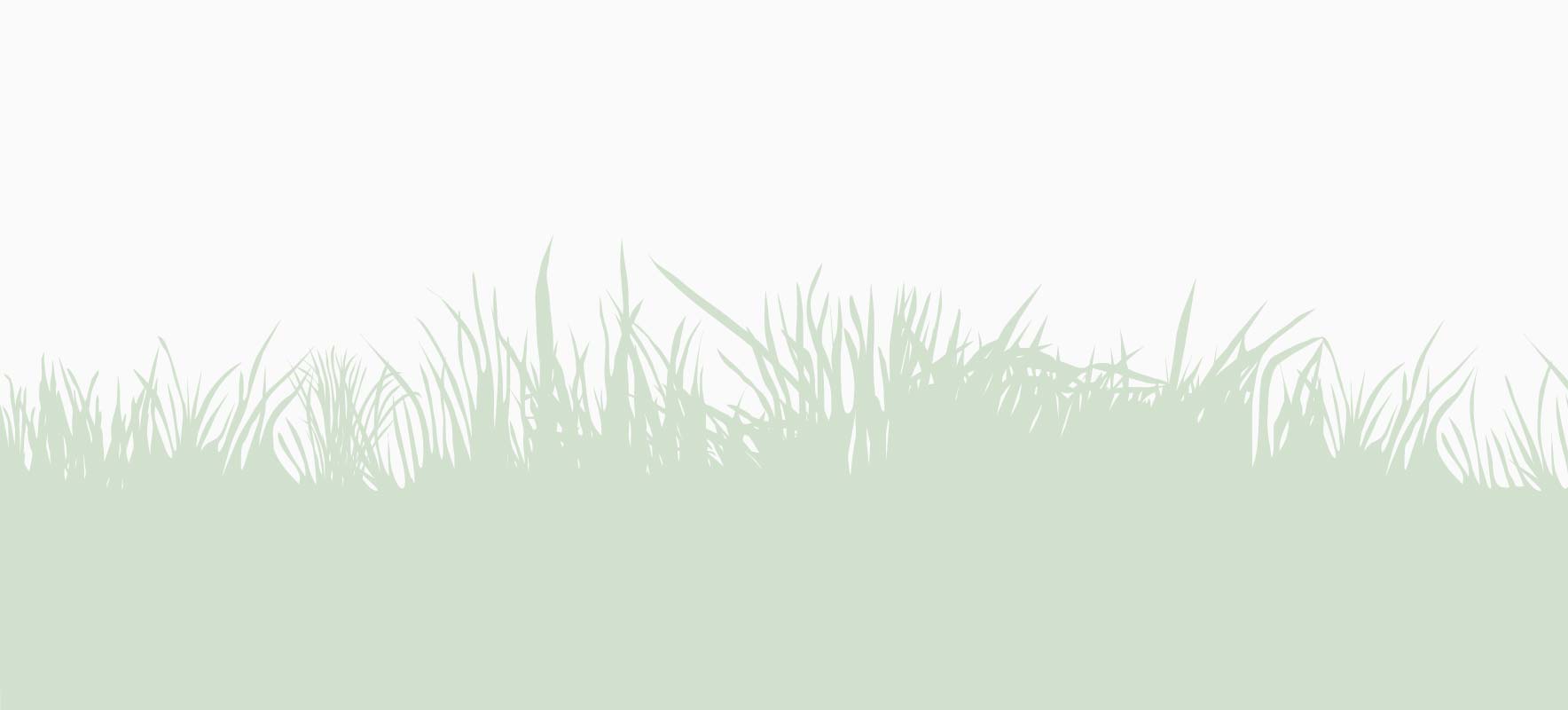Are You Ready to Get Rid of Your Front Lawn?
If you’ve been reading this column for the past two years, I hope you’re finally ready to take a critical step to make your front yard more environmentally friendly. When you get rid of some— or all—of your front lawn, plant more New Jersey native plants, and stop using chemicals, you will reduce water runoff into storm drains, cut down your mowing time, and provide shelter and food for birds and pollinators. And, just as important, you will add beauty and life to your front yard.
So, what’s holding you back? Maybe it’s fear of making a mistake, of doing it wrong or planting the wrong plant. Twenty years ago, I removed all the lawn from my front yard and created a large garden. I added tons of plants that would bring life to my property. It was beautiful. Mostly purples and whites, my favorite colors. But at that time, I thought reducing my lawn was enough. Most of the plants I chose were not native. Oh, what I have learned in the past two decades! I have spent the last 10 years slowly replacing them.
My front garden still is not 100 percent native. The Yoshino cherry is so glorious in the spring, I decided to leave it. The Hinoki cypress on the corner is finally the perfect size, and provides a hiding place for birds, so it is still there, too. But now I have oakleaf hydrangeas along the house instead of boxwood, and I’ve added my favorite, Little Bluestem grass, instead of the invasive zebra grass (Miscanthus sinensis). I still have a lot of Iris Siberia ‘Caesar’s Brother’, a long-blooming graceful species, but I’ve got my eye on blue flag iris, a New Jersey native.
And if you’re worrying about “curb appeal,” nature doesn’t mind an unruly garden and most of your neighbors won’t either. Native plants come in an incredible variety of shapes, sizes, and bloom time. And they’re hardy and easy to move. If you accidentally plant a tall swamp sunflower in front of a smaller bridal veil coral bell, wait till fall and move it. Really, it’s that easy.
Ready now? OK, here we go.
1. Decide how much of your lawn you can live without. If you are ready to jump in feet first (and have the time to maintain it), remove it all. If you are just getting started and time is a premium, just widen the beds you already have, or add a new bed on the side.
For the best look, the most important thing to remember is to avoid creating a bed that follows the contours of your property line and house. Instead, create a pleasant, graphic shape for your remaining lawn, leaving everything outside of that shape as a planting bed. This approach ensures that your garden will look pleasing, even in winter when it is mostly dormant.
2. Assess your site. Is it sunny? Try bee balm. Or shady? Maybe cardinal flowers will look nice. Do you have deer? Avoid phlox and purple coneflower. Is it wet? Use Joe-Pye weed or swamp milkweed, which is great for attracting monarch butterflies. After answering these questions, you can begin to make a list of plants you like that will work for your site. The list can be a quick scribble on a piece of paper, or a complex Excel spreadsheet with information about time of bloom, color, and height. No matter how you do it, make the list as big as you can. You may not end up using all of those plants, but biodiversity is the goal. Use lots of different species, and plenty of each. See my sidebar for some great online resources and books.
AND IF YOU’RE WORRYING ABOUT “CURB APPEAL,” NATURE DOESN’T MIND AN UNRULY GARDEN AND MOST OF YOUR NEIGHBORS WON’T EITHER.
3. Look at your site and start making decisions. Do you need a small tree and some shrubs, or are you going for a naturalized meadow look? First consider how big your bed is: 12 x 8 feet = 96 square feet. Expect a small tree to take up about 4 square feet, three shrubs about 27 square feet. The thinking used to be that you should plant perennials several feet apart, giving them room to grow. No more. You want a densely packed bed. Fill it up and let them fight it out. Natives are tough! Plant them just one foot apart. In fact, the fuller the bed, the less sun gets to the soil to germinate weed seeds. This is what we call “green mulch.”
Now go back to your list and pick at least six of your favorites perennials, and get at least eight of each. Then get five single plants as accents. These might be the tallest ones; New York ironweed comes to mind with its deep purple blooms.
And remember: Even after the garden is planted, it’s not set in stone. If you find you’re lacking color in August, you can always go back to the nursery and pick up some echinacea.
4. Rent a sod cutter or hire some labor. The next part takes some muscle. Create a nice shape with a pleasing bed line. No tiny curves, but big sexy ones. Rebecca McMackin from Brooklyn Bridge Park calls pollination “plant sex,” so sexy lines… please! You might spray paint out the shape, or lay out a thick rope or a hose. Then start clearing out the sod. Remove unwanted plants and their roots. But for native plants, you don’t have to do a lot of soil conditioning or augmentation. They evolved here and thrive in our native soils. Don’t till the soil, either, which would bring up weed seeds. Just plant as soon as you can after you’ve cleared the beds. This avoids erosion and keeps the weed seeds down. Native plants don’t need too much coddling.
5. Plant. Yes, it’s time. Place the largest plant first. Then step back and observe. Maybe you’ll want to move it a bit to screen your neighbor’s ugly whatever. Next, place the mid-size plants: the shrubs or large perennials. Finally, place the perennials and grasses. You can plant in masses of the same species so it looks cohesive or try planting more naturally, interspersing two or three species, mimicking nature. Once you’ve got a layout you like, start planting. Finally, add a two-inch layer of double shredded hardwood bark mulch, being careful not to over mulch around the perennials.
A front yard full of native plants is sure to give you enjoyment as it bursts with color and life. And don’t underestimate the good feeling that comes from sustaining Mother Earth. Environmental biologist E.O. Wilson, whom we sadly lost this winter, argued that we have a moral duty to value other species for their sake and the sake of future generations. “If all mankind were to disappear, the world would regenerate back to the rich state of equilibrium that existed ten thousand years ago. If insects were to vanish, the environment would collapse into chaos.”
Whether you want to start small or go all the way, make 2022 the year you begin to create what ecologist and author Doug Tallamy calls “homegrown national parks.”
3 PLANS FOR A NATIVE-INSPIRED FRONT LAWN

Here are three plans for you to try, depending on how much you can tackle this year.
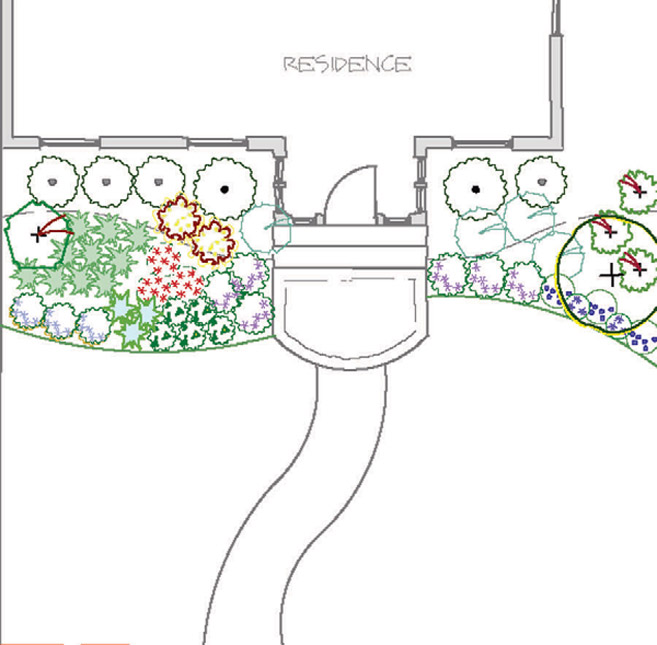
The first (#1) just expands the existing beds, giving you room to add more native plants—perhaps a low shrub layer and some perennials. Keep the bed edge shape nice and clean, and load it up with plants—maybe a small tree for birds, some berrying shrubs and grasses—and border it with perennials.
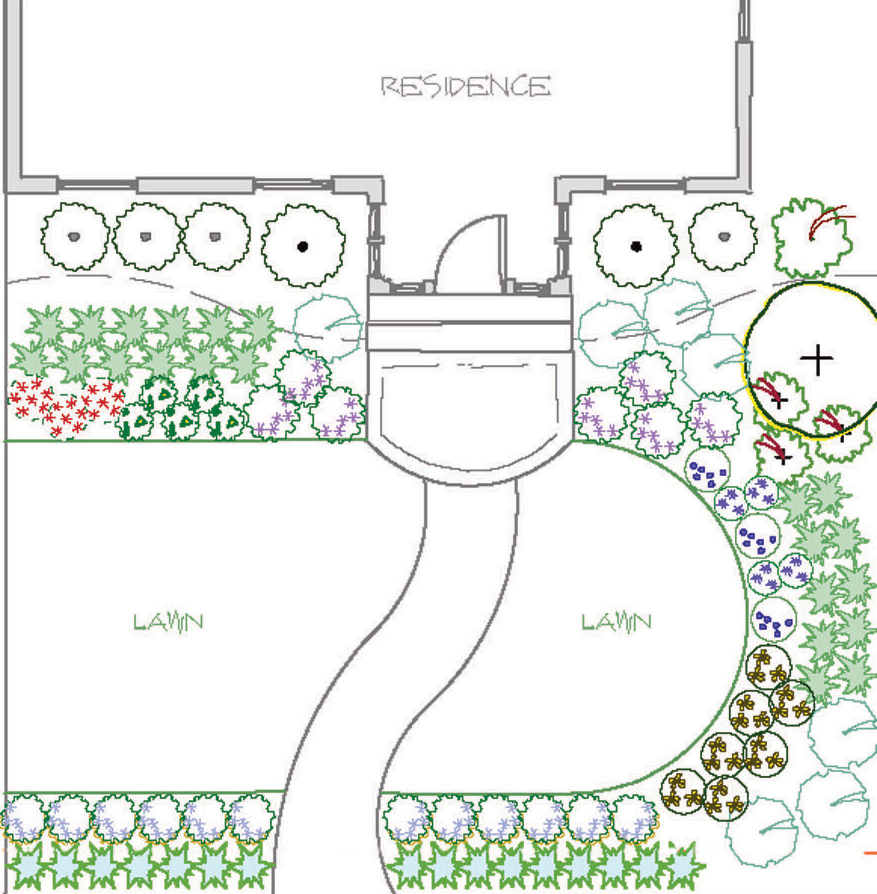
The second plan (#2) is a much bigger investment, but still has a manicured feel because the bed shape is very geometric. Along the sidewalk, keep it simple. Here, I’m showing a native grass across the entire length with a perennial on the inside for added interest.
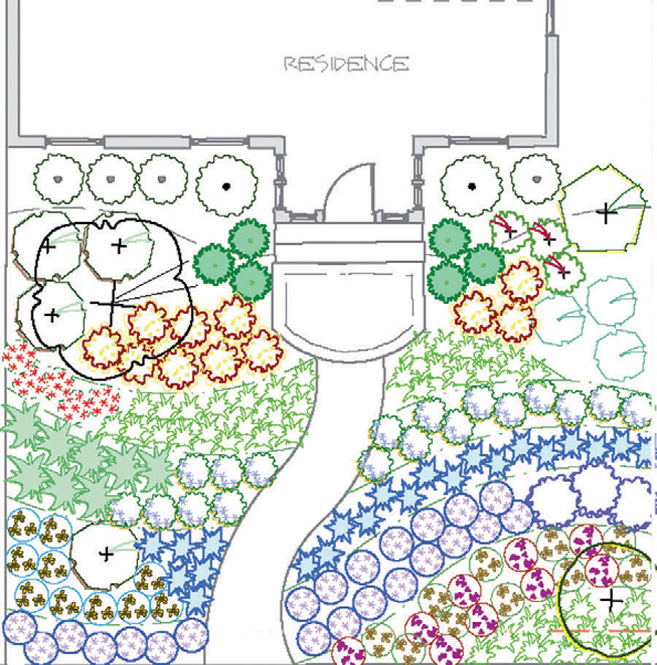
The third plan (#3) is for those who are ready to really “Go for it!” Remove all the lawn and create a pollinator paradise. You’ll love sitting on your front porch and listening to all the plant sex—oops!— pollination happening there all summer.
NATIVE PLANT RESOURCES
Nurseries & General Info: To make your plant list, Jersey-Friendly Yards (jerseyyards.org) is a great resource. You can search their database of plants by region, plant type, light requirements, deer resistance, and more.
They also have a great list of nurseries that sell native plants, organized by county, and a list of New Jersey online nurseries, all specializing in native plants, including Pinelands Direct (Columbus), Toadshade Wildflower Farm (online and at Hunterdon Land Trust Farmers’ Market in Flemington), The Pollen Nation (West Orange), and Wild Ridge Plants (Alpha). If you are a contractor, you can find a list of wholesalers here, too.
Books: There are many books on the topic of native planting and its benefits. Here are two of my top recommendations for NJ gardeners:
- Deer-Resistant Native Plants for the Northeast, by Ruth Rogers Clausen and Gregory D. Tepper (Timber Press, 2021). It’s hard to find a place in NJ that does not have a deer problem.
- And to really geek out, Pollinators of Native Plants by Heather Holm (Pollination Press, 2014) gives you great information on native plants—and also the insects that will visit them!
Native Plant Sales: Keep an eye out in early spring for native plant sales hosted by farms, nurseries, and organizations across the region. While many of the venues sell native plants year ‘round, these dedicated events are an opportunity to meet and share the energy of other native plant enthusiasts and see the full range of native plants available. Here are a few favorites. There are many more:
- Through April 1 (online): D&R Greenway Land Trust at the Johnson Education Center, Native Plant Nursery Sale (see website for in-person sale dates), 1 Preservation Place, Princeton, 609.578.7470, drgreenway.org/shop/native-plants
- April 1—22 (online): Great Swamp Watershed Association, Native Plant Sale (15 pickup locations). greatswamp.org/native-plant-sale
- April 22—24: Morgan’s Farm & Museum, Cedar Grove Historical Society, 908 Pompton Ave. (Route 23), Cedar Grove, 973.239.5414, morgansfarm.org.
- April 29—31: Friends of Frelinghuysen Arboretum, 353 Hanover Ave, Morristown, arboretumfriends.org
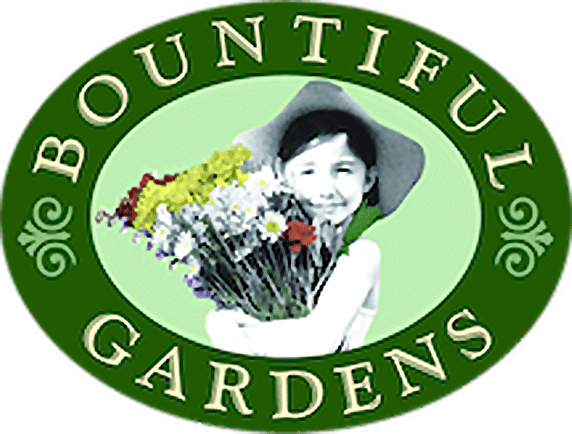
Sponsored by Bountiful Gardens


